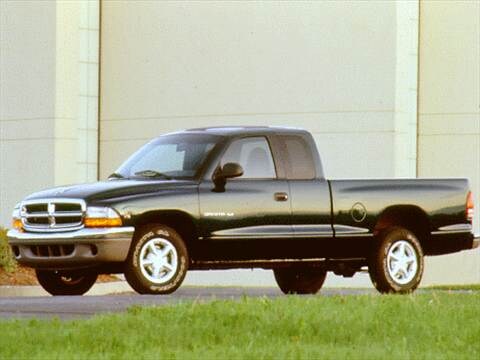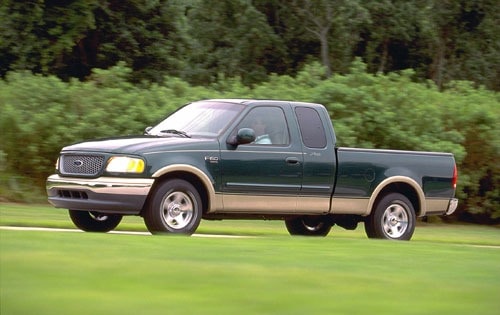Most cars released nowadays look pretty aerodynamic, so I'll give them credit for at least trying to make sedans and coupes cut through the wind.
But vans, trucks, and SUVs are just all over the place. All the large full size trucks are basically shaped like boxes now and they do cheap tricks to get aerodynamics like how GM puts on those ugly bumper front skirts.
Some examples below:
1997 Dodge Dakota. Curvy, flowing lines.

2010 Dodge Dakota. Hard lines, bulky front end.

2000 Ford F150. Curvy lines, smooth edges.

2020 Ford F150. Not only are these much larger in size but look at those brick-like front end proportions. You can't even work on the engine bay on these without a step stool.

Here's an inverse example.
2000 Ford Ranger. Smaller back then, but hard corners. One of these with the 4cyl and 5MT would get an easy 22-24mpg though!

2020 Ford Ranger. Based on a different global platform, but smooth lines, curves, and actually larger than the model from 20 years ago.

I always figured cars would get smoother and more curvy/sleek with technology.. look at all Tesla cars which are extensively wind tunnel tested to reduce drag and noise.
But vans, trucks, and SUVs are just all over the place. All the large full size trucks are basically shaped like boxes now and they do cheap tricks to get aerodynamics like how GM puts on those ugly bumper front skirts.
Some examples below:
1997 Dodge Dakota. Curvy, flowing lines.

2010 Dodge Dakota. Hard lines, bulky front end.

2000 Ford F150. Curvy lines, smooth edges.

2020 Ford F150. Not only are these much larger in size but look at those brick-like front end proportions. You can't even work on the engine bay on these without a step stool.

Here's an inverse example.
2000 Ford Ranger. Smaller back then, but hard corners. One of these with the 4cyl and 5MT would get an easy 22-24mpg though!

2020 Ford Ranger. Based on a different global platform, but smooth lines, curves, and actually larger than the model from 20 years ago.

I always figured cars would get smoother and more curvy/sleek with technology.. look at all Tesla cars which are extensively wind tunnel tested to reduce drag and noise.
